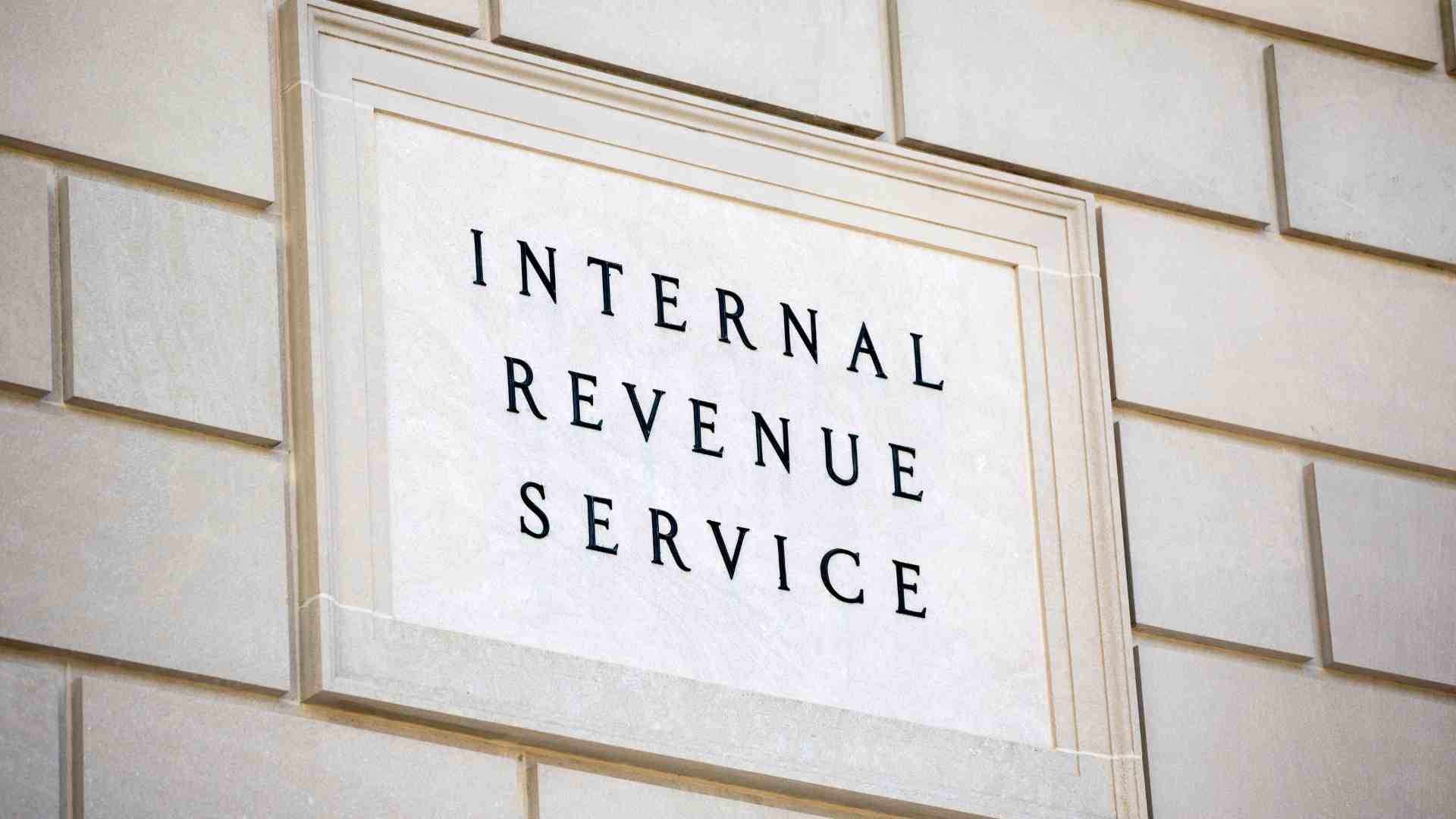Mileage reimbursement can sometimes be a complicated procedure to understand, especially when you’re using your personal vehicle for business purposes. If you’re driving for work in Indiana, it’s important to understand how the IRS standard mileage rate applies and how to track and manage your travel expenses effectively. This blog will dive into the specifics, allowing you to make sure you’re getting the most out of your mileage reimbursements.
What is the IRS standard mileage rate
The Internal Revenue Service (IRS) sets the standard mileage rate for the whole of the United States. Every year the rate is determined to help taxpayers calculate their deductible costs for operating their vehicles for business, charitable, medical, or moving purposes. This year, the IRS standard mileage rate is $0.70. This rate should cover various actual expenses including fuel, maintenance, depreciation, and insurance. [1]
Mileage reimbursement for business purposes
When you’re using your personal vehicle for business travel you must make sure that you’re tracking your business miles accurately. Regardless of whether you drive a car, pickup, or panel truck, you can apply the IRS mileage rate to calculate your reimbursement. All you do is multiply the number of miles you drove for work by the IRS rate.
For example, 500 miles x $0.67 = 300, so $300 is the amount that you would be eligible to receive as a tax-free reimbursement.
This is particularly important for self-employed Hoosiers and those employed by companies without a clearly outlined reimbursement policy.
Indiana’s considerations
Indiana does not have state-specific mileage reimbursement rates. With that said, employers and employees typically follow the IRS guidelines for the sake of fairness and good business practice. Here are some key points to consider:
Business Use
Ensure that the miles claimed in your logs are strictly for business purposes and not for personal use. Unfortunately, commuting miles between your home and your place of work are not deductible according to the IRS.
Documentation
Maintain meticulous records of your trips, including the date, purpose of the trip, start and end locations, and total miles driven. This is all critical information to track for both tax deductions and employer reimbursement.
Fair Labor Standards Act (FLSA)
The Fair Labor Standards Act (FLSA) is a federal mandate that says an employee who drives their personal vehicle for work cannot earn less than the federal minimum wage after reimbursement. So if the actual cost to operate their personal vehicle diminishes their earning to below $7.25 an hour, they are eligible for a reimbursement to at least that amount. [2]
Tax implications and deductions
Mileage reimbursement and deductions can significantly impact your tax filings.
Tax deductions
For self-employed individuals, mileage deductions are a critical part of reducing taxable income. Ensure you are following the IRS guidelines to maximize your deductions.
Depreciation
The standard mileage rate includes an allowance for vehicle depreciation, simplifying the calculation process for taxpayers.
Members of the Armed Forces
If you’re on active duty and moving due to a military order, you can deduct your moving expenses. The standard mileage rate for moving purposes is typically lower than for business use at $0.21 cents per mile for qualified active-duty members of the Armed Forces, a decrease of $0.01 cent from 2023. [1]
Service of charitable organizations
Mileage driven for charitable organizations can also be deducted, but at a different rate set by the IRS of $0.14 cents per mile driven; the rate is set by statute and remains unchanged from 2023. [1]
Best practices for mileage tracking and reimbursement
Mileage tracking
Use apps, like Cardata’s app, to ensure your mileage tracking is accurate and compliant with IRS requirements.
Company policies
If you work for a company, familiarize yourself with their reimbursement policy. Ensure that it aligns with IRS guidelines to avoid any discrepancies.
Variable Costs
Understand that the IRS rate covers variable costs like fuel and maintenance, but not fixed costs like insurance and registration.
Alternative reimbursement methods
Fixed and Variable Rate (FAVR)
Fixed and variable rate (FAVR) is a tax-free vehicle reimbursement program that combines both fixed and variable elements of reimbursement. Some of these elements include license and title fees, depreciation, gas, insurance, and more. This system offers the most equitable reimbursement for employees, and can be the least administratively cumbersome when paired with a vendor, like Cardata, who runs the FAVR program for you externally. [4]
Cents per Mile (CPM)
CPM is a basic program that reimburses employees based on the number of miles driven, similar to the IRS standard mileage rate, but can be customized by the employer. It typically overpays high-mileage drivers and underpays lower mileage drivers, so it isn’t the fairest. This method is straightforward, but should align with federal and state guidelines to ensure non-taxable status.
463/TFCA
A tax-free car allowance (TFCA), or 463 Accountable Allowance, is an IRS-compliant method of reimbursement that allows businesses to offer a predetermined reimbursement to their drivers with the potential to be 100% tax-free.
Conclusion
This blog provides a general overview of mileage reimbursement rules and regulations in Indiana. For personalized advice, consult with a tax professional or legal advisor.
Understanding mileage reimbursement can significantly affect how you manage travel expenses for business purposes. By adhering to these guidelines and maintaining proper documentation, individuals and companies in Indiana can ensure they are compliant and fairly compensated for their travel-related expenses.
Sources
[1] https://www.irs.gov/pub/irs-drop/n-24-08.pdf
[2] https://www.dol.gov/agencies/whd/flsa
[3] https://www.in.gov/dor/files/tax-chapter.pdf
[4] https://mileiq.com/mileage-guide/mileage-reimbursement-rules-for-employees-and-employers
Share on:



